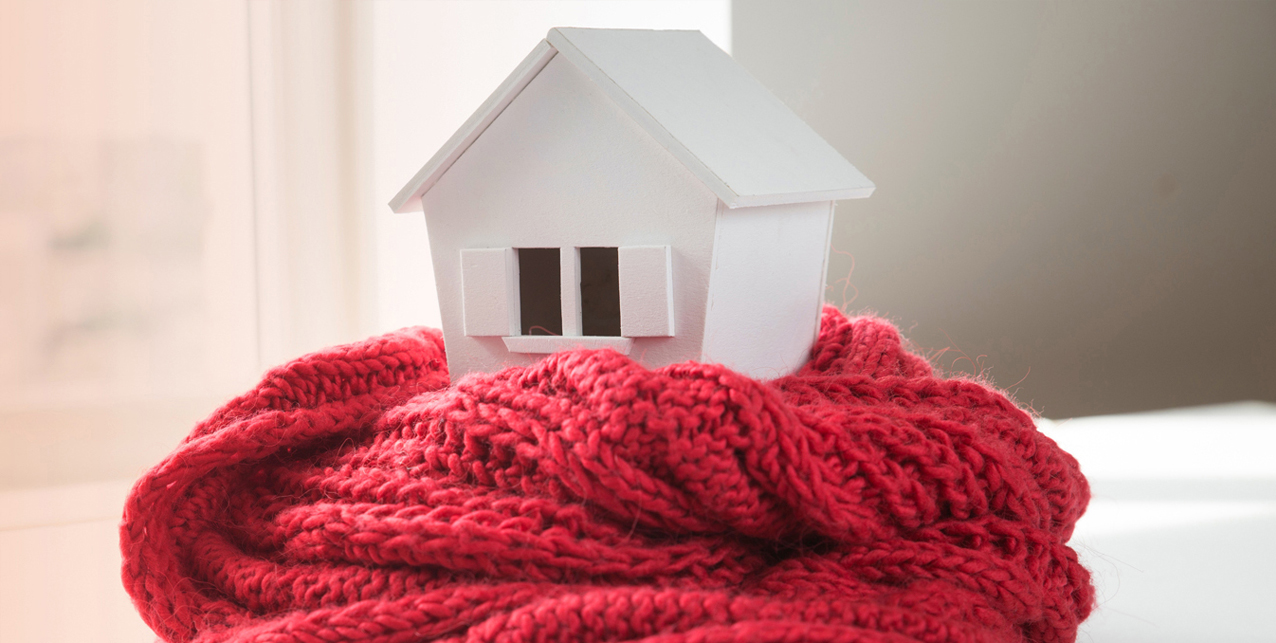
A roof over one’s head is one of the basic needs of humans. Houses have one thing in common: they can help us relax. That’s why no one likes to freeze in their own home and why winter is a challenge.
People usually try to use everything at their disposal to warm up the house. Sometimes these tactics don’t work, and when they do, they can cost a fortune. What’s interesting is there are simple methods to reduce heat loss at zero cost. These tips, lifehacks, if you will, can make one’s house a cozy place to be.
Energy-saving while also keeping the house warm is a skill. It doesn’t have to be as expensive as buying a new kitchen or a new heating system. Families with similar homes might have different heating bills by a margin of 50%. Accordingly, here are some energy-saving tips to keep in mind for the winter.
Maintenance Is the Key
Many of us have the tools at our disposal to easily keep warm in winter. We just don’t use them properly and tend to forget that all the types of equipment that keep the house warm need maintenance once in a while, either by yourself or by a professional. Part of this is simply cleaning them. Here are some examples:
Practice New Habits
Sometimes saving energy can be as simple as adjusting the curtains. Open the curtains in the daytime, especially the south-sided ones. The sunlight can help keep the house warm. Close the curtains at night to help avoid heat loss through the windows.
If you have a programmable thermostat, set it at the lowest temperature that feels comfortable. Lower the set-point for sleep or when leaving the house. You’d be surprised how much saving that entails. Even one degree counts, translating into lower utility bills.
We’ve all heard the good old advice that you should focus on keeping your body warm instead of your home. This is good advice if you don’t take it too seriously. At the end of the day, keeping your house warm can make living in it much more comfortable. And what’s a home if it’s not comfortable?
Apart from that, wearing sweaters and using blankets in the winter doesn’t hurt anybody. Get a sweater for your dog. They need warmth too. Cats manage for themselves; besides, they don’t like clothing.
Is There a Draft In the Air
Air-sealing your home is simple but highly efficient. Doors and windows, especially old ones, are the primary culprits for the cold draft in your home. The cracks and openings may be responsible for losing precious heat. Applying weather stripping and window film is recommended.
Any rooms not in use for extended periods of time should have their doors closed and their vents shut tight. Otherwise, you’ll just be paying to heat uninhabited spaces. Cracks in the basement or the attic can also be responsible for cold air entering the house.
Air-sealing your home doesn’t mean that air shouldn’t circulate through the house. Ceiling fans may seem like an odd choice, but they only cool the house if they rotate counterclockwise. Some ceiling fans have a switch that will let them rotate clockwise, pushing the hot air at the top of the room towards the bottom.
If air-sealing is done correctly, with most sources of heat loss eliminated, temperatures in the house will rise. This automatically leads to you being comfortable at a lower temperature so you can lower your thermostat.
Invest In Better Equipment
Sometimes your boiler simply isn’t good enough. Equipment gets old after a while, or it might just not be as efficient as other options on the market. Spending money on an energy-saving heater, for example, can go a long way.
Most of the time, energy-saving equipment will be priced higher than other equipment. But if you do the math, it’s almost always worth it. That’s if you can afford it, of course. There are always other ways to heat the house.
Bottom Line
Most people have a hard time keeping their homes warm in the winter without spending a fortune on utility bills. The tips mentioned above can help to reduce heat loss, increase energy-saving, and reduce costs. Some suggestions are easier said than done, while others are just common sense.
Don’t forget there are many options out there to save energy while also being affordable for everyone. Prepaid electricity plans, for example, have proven to help lower the energy costs of a household while also being cost-effective.
Need more information? Please contact us, and we’ll be happy to answer all your questions.